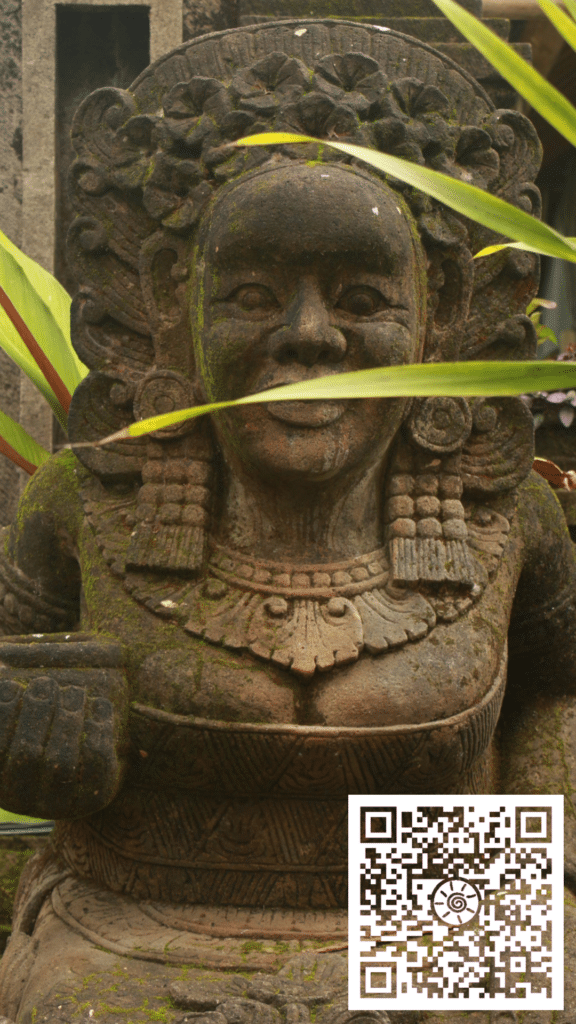Bali, renowned for its vibrant culture and stunning landscapes, has a history as intricate and diverse as the island itself. This fascinating tale is one of continuous evolution, marked by the assimilation and adaptation of influences from various cultures and eras.
Early Human Presence on Bali
Bali’s history traces back to the end of the last Ice Age when rising sea levels gave birth to the chain of islands that form modern-day Indonesia. At times, the islands of Java and Bali were connected, which explains why human habitation on Bali dates as far back as on Java. While Java boasts ancient human remains dating back 1.7 million years, Bali’s earliest evidence of human occupation is found in the stone tools of Trunyan village, which are about 202,000 years old.
Migration and Cultural Influences
Around 2000 BC, Bali began to attract settlers from Java and distant regions like Assam, Yunnan, and Tibet. These early migrations were followed by the establishment of trade routes with the great civilizations of China and India. By 500 AD, cultural exchanges between Bali and China were significant, and by 700 AD, many island states in the archipelago, including Bali, had adopted systems of government originating from India.
The first written records in Bali are Buddhist inscriptions from the 8th century, indicating the early presence of Buddhism on the island. Hinduism, which arrived around the 7th century, gradually took root and flourished, shaping much of Bali’s spiritual and cultural landscape.
The Majapahit Era and Its Legacy
Bali experienced several conquests by the kings of Java, most notably in 1343 AD when the powerful Gajah Mada brought the island under the Majapahit Empire’s control. He moved the royal court to Gelgel, establishing a significant cultural and political influence. When the Majapahit dynasty fell to Islam in the 15th century, Bali regained its independence and became a sanctuary for Javanese aristocrats fleeing the changing tides. These newcomers brought with them a wealth of artistic, musical, and religious traditions, leaving a lasting impact on Balinese culture. Today, over 95% of Balinese practice a unique form of Hinduism deeply rooted in these historical influences.
European Arrival and Dutch Colonization
The 16th century marked the arrival of European traders, with the Portuguese being the first to land on Bali. Over time, various Balinese rulers allowed Europeans to establish trading posts, forming strategic alliances to counter invasions from neighboring islands. After an invasion by Lombok in the 17th century, Bali was fragmented into nine different kingdoms.
The 19th century saw the onset of Dutch military campaigns against Bali and neighboring Lombok, which continued for decades. Despite the Dutch military superiority, the Balinese fiercely resisted, often choosing death over surrender through the ritual of ‘puputan,’ or mass suicide. In the end, over 4,000 Balinese perished, including entire royal families.
The Modern Era and Independence
The Dutch ruled Bali for nearly a century, during which they introduced tourism, promoting the island as an exotic and mystical destination—a perception that persists today. In 1942, Japanese forces occupied Bali during World War II, holding it until the war’s end in 1945. Shortly after the Japanese surrender, Sukarno declared Indonesia’s independence.
Bali Today
Today, Bali is one of Indonesia’s 27 provinces, home to around four million people. The island is divided into eight regencies, alongside the municipality of Denpasar, each following the boundaries of the last Balinese kingdoms before Indonesian independence in 1945. Bali continues to thrive as a cultural and tourist hub, drawing visitors from around the globe to experience its unique blend of history, spirituality, and natural beauty.
Read Article at Bali Sunrise Trekking & Tours
Book a Tour at balisunrisetours.com
Book a Tour at balitrekking.com


